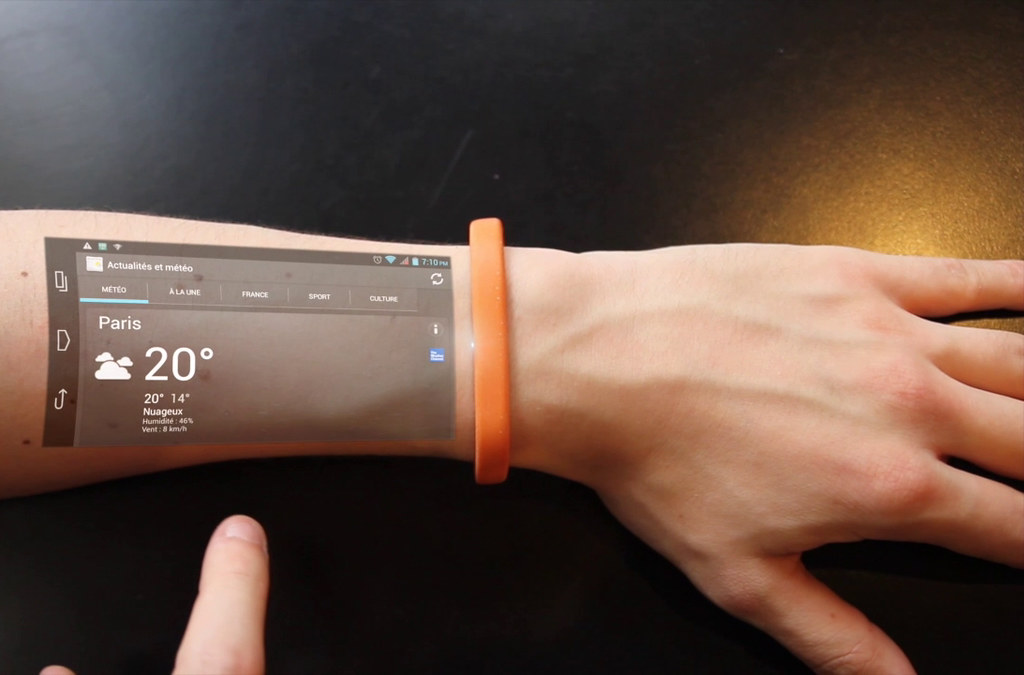The world of wireless connectivity is always evolving, and just as 5G networks are reshaping how we connect, communicate, and innovate, the horizon is already bright with the promise of 6G. But what exactly sets 6G apart from 5G, and why should we be excited about this next leap in technology? In this article, we explore the major differences between 5G and 6G, the game-changing features of 6G, and what this means for the future of connectivity.
Understanding 5G: The Current Standard in Connectivity
Before diving into the future with 6G, it’s important to understand what 5G already brings to the table. 5G technology marked a giant leap beyond 4G by offering significantly faster internet speeds—up to 20 Gbps under ideal conditions—and reducing latency to about 1 millisecond. This means real-time responsiveness for applications like autonomous vehicles, smart cities, and remote healthcare.
5G also supports a massive number of connected devices per square kilometer, making it ideal for the Internet of Things (IoT) environment, where countless smart devices need reliable, simultaneous connections. Moreover, 5G’s introduction of network slicing and edge computing helps optimize data processing and resource allocation, creating more flexible and efficient networks.
What Is 6G and Why Is It Important?
6G, or sixth-generation wireless technology, is set to arrive commercially around 2030 and promises to be much more than just an incremental upgrade from 5G. It aims to transform our digital world by delivering speeds up to a breathtaking 1 terabit per second (Tbps)—that’s roughly 50 to 100 times faster than 5G.
Beyond speed, 6G is expected to drastically lower latency to near zero (just a few microseconds), enabling instant data transfers that power ultra-responsive technologies. This kind of performance is crucial for emerging futuristic applications like holographic communication, real-time extended reality (XR), advanced robotics, and brain-computer interfaces.
Key Differences Between 5G and 6G
Speed and Bandwidth
While 5G offers speeds up to 20 Gbps, 6G aims to shatter this with terabit-level speeds. This leap will enable the seamless streaming of ultra-high-definition 3D content, rapid transfers of enormous datasets, and fully immersive virtual experiences that feel lifelike.
Latency
5G’s 1 millisecond latency is impressive, but 6G will push this even lower, achieving nearly imperceptible delays in data transmission. This ultra-low latency is essential for mission-critical applications such as remote surgery, autonomous navigation, and real-time AI collaboration where tiny delays can make a huge difference.
Spectrum and Frequency Bands
5G uses a mix of low-band, mid-band, and high-band (millimeter wave) spectrum, generally up to around 100 GHz. In contrast, 6G will operate on much higher frequency bands—into the terahertz (THz) range, between 95 GHz and 3 THz. This expansion unlocks immense bandwidth capacity but also introduces new challenges like shorter signal range, which will require advances in network infrastructure.
Artificial Intelligence Integration
Unlike 5G, which incorporates some AI for network optimization, 6G will embed AI deeply into its core. This means networks can self-optimize, predict traffic demands, perform real-time resource management, and automatically resolve faults without human intervention. AI-powered 6G networks will be smarter, more secure, and highly adaptive.
Global and Ubiquitous Connectivity
6G aims to extend reliable internet access worldwide, even to hard-to-reach areas, by integrating satellite networks and high-altitude platforms like drones and balloons. This will bridge connectivity gaps, making high-speed wireless internet truly global and inclusive.
New Use Cases Enabled by 6G
While 5G supports enhanced mobile broadband, IoT growth, and AR/VR applications, 6G promises to unlock entirely new possibilities:
- Holographic and extended reality communication: Experience lifelike virtual meetings that feel like face-to-face interactions.
- Digital twins and smart cities: Real-time digital replicas of physical objects and environments for better urban planning and management.
- Advanced healthcare: Instant remote surgeries, AI-powered diagnostics, and personalized medicine.
- Industry 4.0: Highly connected factories with autonomous robots operating flawlessly.
Challenges on the Road to 6G
Despite the exciting promises, 6G faces technical challenges including developing affordable and efficient terahertz hardware, overcoming signal attenuation at high frequencies, and addressing privacy and security concerns for such pervasive connectivity.
Governments, tech companies, and research institutions worldwide are already investing heavily into 6G research and standards development to tackle these issues, aiming for commercial adoption around 2030.
The Evolution from 5G to 6G: What’s Changing?
The transition to 6G will be more than just faster speeds. It will be an evolution that transforms the wireless network from a simple communication channel to an intelligent, multi-functional platform that senses, understands, and reacts to the environment. 6G will merge communication with sensing technologies, enabling networks to perceive surroundings and support autonomous systems with real-time environmental awareness.
Conclusion: Preparing for a Hyper-Connected Future
The leap from 5G to 6G signals a fundamental shift in how we experience connectivity. With terabit-speed data transfer, near-zero latency, AI-driven optimization, and comprehensive global coverage, 6G will empower innovations that were once in the realm of science fiction.
As we stand at the forefront of this new era, understanding these differences helps businesses, governments, and individuals prepare to harness the full potential of 6G. The future of connectivity is not just faster—it’s smarter, more immersive, and infinitely more connected.
Are you ready to embrace the 6G revolution? Stay informed, stay curious, and get ready to experience a whole new world of possibilities powered by next-generation connectivity.
Call to Action:
Don’t miss out on the future of wireless technology! Stay updated on the latest 5G and 6G advancements and prepare your business or lifestyle to thrive in a hyper-connected world. Subscribe now for expert insights and updates on the next big leap in connectivity.






